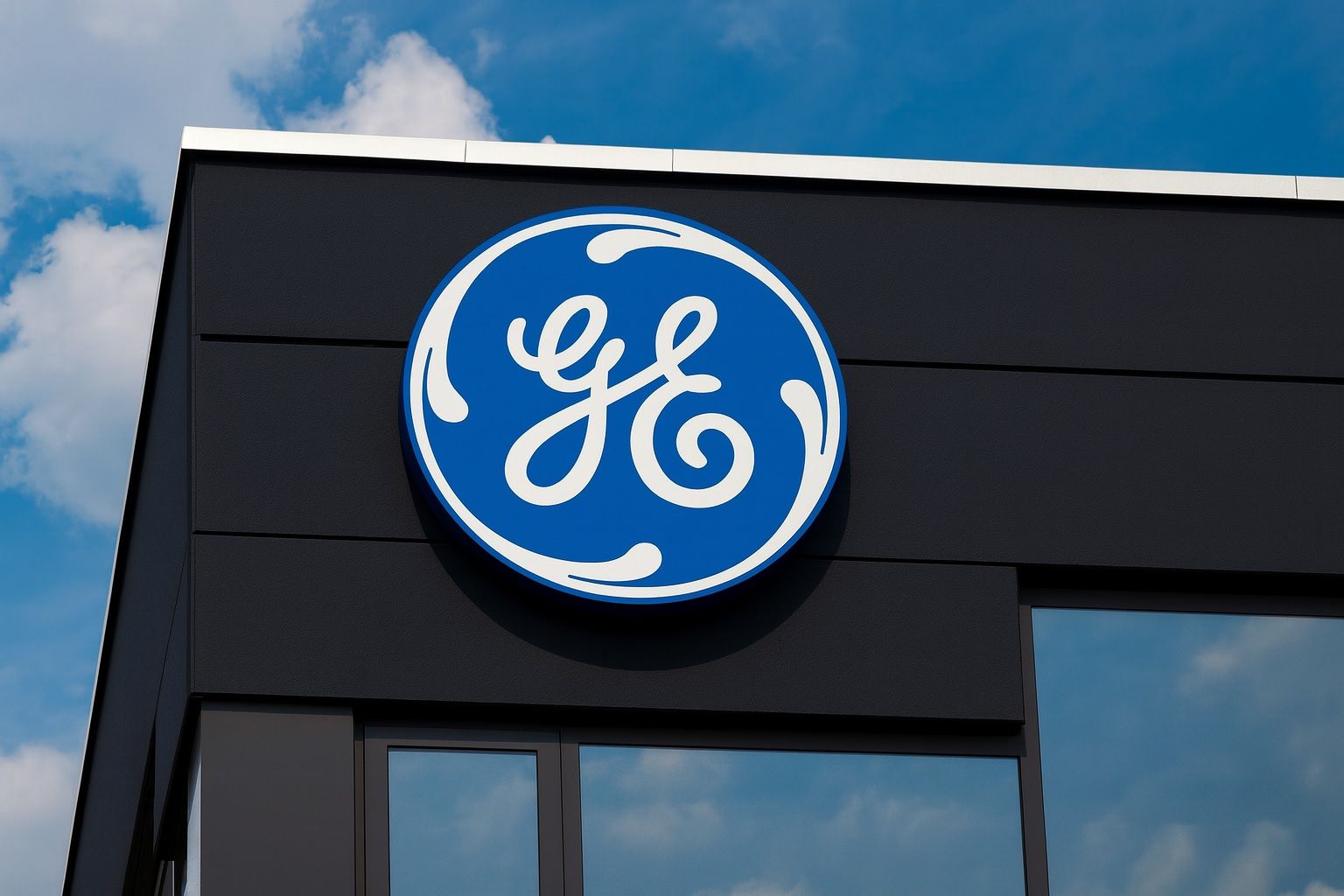- Blowout Q3 results: GE Aerospace (NYSE: GE) reported blowout Q3 2025 earnings on Oct. 21, with GAAP revenue of $12.2 billion (+24% YoY) and GAAP EPS of $2.04 (+31% YoY) [1]. Adjusted revenue was $11.3 billion (+26%) and adjusted EPS $1.66 (+44%) [2] [3]. Free cash flow topped $2.4 billion (+30%) [4]. These results far exceeded Wall Street’s expectations (analysts had forecast ~$1.45 EPS on ~$10.3B revenue [5]).
- Outlook raised again: CEO Larry Culp hailed an “exceptional quarter” and said GE is “raising our full-year guidance across the board” [6]. The company now expects 2025 adjusted EPS of $6.00–$6.20 (up from $5.60–$5.80 previously) [7] – roughly +30% growth – citing booming aviation demand. Robust engine orders and better production (especially on GE’s LEAP and GE9X jet engines) drove the upgrade [8] [9].
- Stock jumps to near records: GE’s pure-play aerospace stock has been on a tear – up about 78% YTD to ~$300 by mid-Oct [10] – and popped about +2.7% in pre-market trading on Oct. 21 [11]. The run reflects optimism: Boeing and Airbus are raising production (Boeing won approval to boost 737 MAX output to 42/mo [12]), fueling a massive $175+ billion engine backlog [13].
- Analysts mostly bullish: Seventeen analysts rate GE Aerospace a Buy/Outperform (15 Buys, 1 Hold, 1 Sell), with price targets largely in the $300–$321 range (average ~$264) [14]. In its pre-earnings note, TS2.tech noted Goldman Sachs lifted its target to ~$305 and UBS to $321 after Q2’s results [15]. Some aggressive bull-case models even foresee GE reaching as high as $666 by 2030 [16] under ideal conditions. However, concerns remain: the stock trades at a lofty ~36–40× forward EPS [17], so any delivery hiccup, tariff cost (GE warns of ~$500M headwind in 2025) or macro shock could trigger profit-taking.
- Aviation & defense tailwinds: Experts point out the broader aerospace recovery underpins GE’s strength. Global air travel is surging (+12% passenger kilometers in 2024 vs 2023 [18]), and airlines are keeping older jets flying longer, boosting lucrative engine maintenance contracts. Defense budgets are also at record highs (~$2.4 trillion in 2024 [19]), benefiting GE’s military engines business. CEO Culp emphasizes that “demand isn’t our challenge” – orders far outstrip capacity [20]. GE is ramping engine output and investing in durability (e.g. dust-ingestion testing on the new GE9X and its next-gen adaptive-cycle XA100 engine) to capitalize on this surge [21] [22].
- Risks and valuation: Despite the upbeat view, some analysts urge caution. GE’s high valuation and rich backlog mean the bar is steep: any slowdown in airline capex, renewed supply-chain snags or tariff battles could temper growth. TS2.tech notes that even “bear” forecasts leave GE in the mid-$200s in the near term [23]. Investors will watch upcoming guidance closely – a conservative tone could stall the rally – but for now, the stock rides a strong uptrend on robust jet-engine demand [24] [25].
Sources: GE Aerospace press release [26] [27]; Reuters, Bloomberg and TS2 analysis [28] [29] [30]; market data and analyst reports [31] [32] [33] [34] (see cited links). The information is current as of Oct. 21, 2025.
References
1. www.marketscreener.com, 2. www.marketscreener.com, 3. www.reuters.com, 4. www.marketscreener.com, 5. ts2.tech, 6. www.marketscreener.com, 7. www.reuters.com, 8. www.reuters.com, 9. ts2.tech, 10. www.ainvest.com, 11. seekingalpha.com, 12. ts2.tech, 13. ts2.tech, 14. ts2.tech, 15. ts2.tech, 16. ts2.tech, 17. ts2.tech, 18. www.ainvest.com, 19. www.ainvest.com, 20. ts2.tech, 21. www.marketscreener.com, 22. www.marketscreener.com, 23. ts2.tech, 24. ts2.tech, 25. ts2.tech, 26. www.marketscreener.com, 27. www.marketscreener.com, 28. www.reuters.com, 29. www.reuters.com, 30. ts2.tech, 31. www.ainvest.com, 32. seekingalpha.com, 33. ts2.tech, 34. ts2.tech







